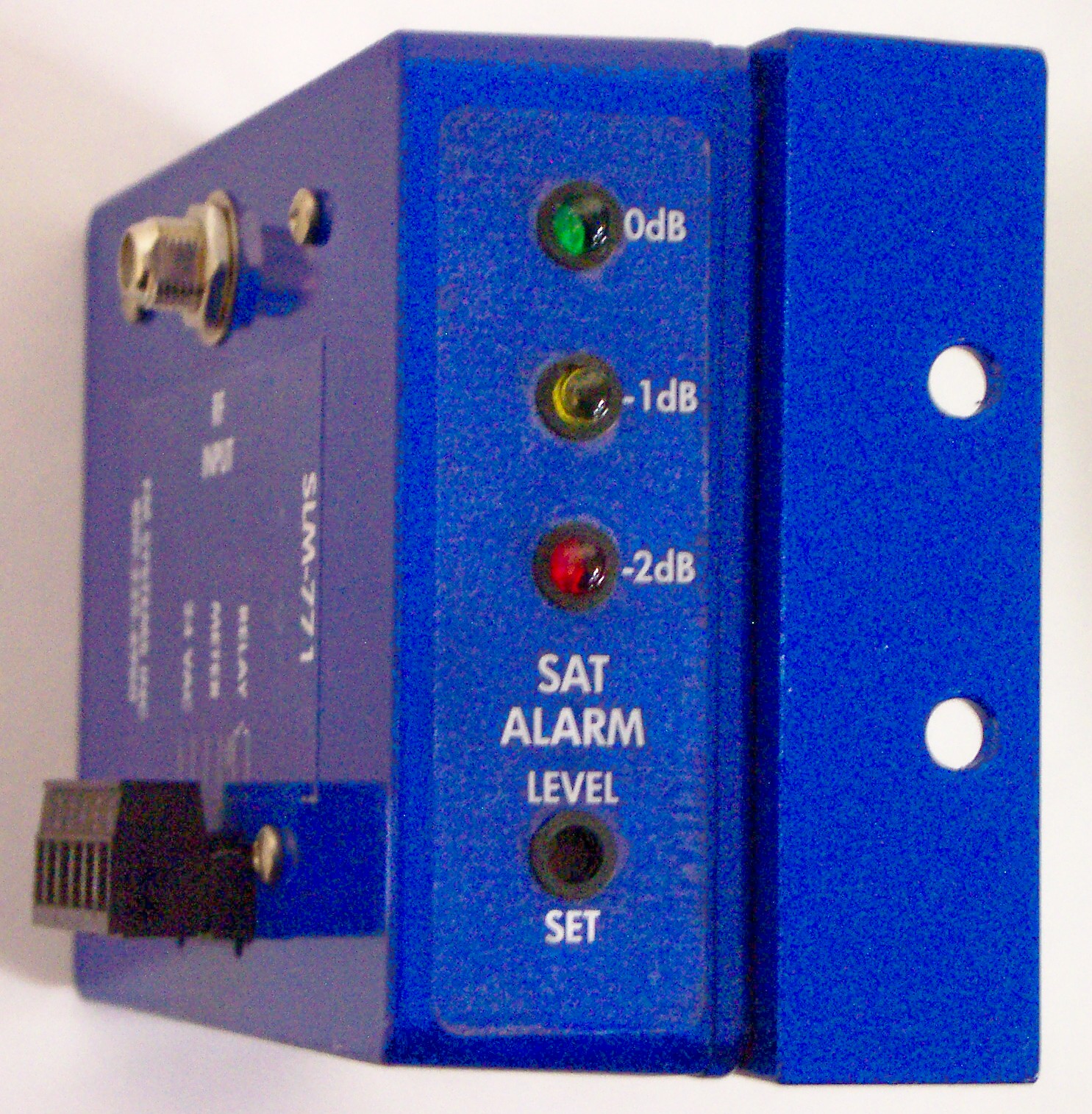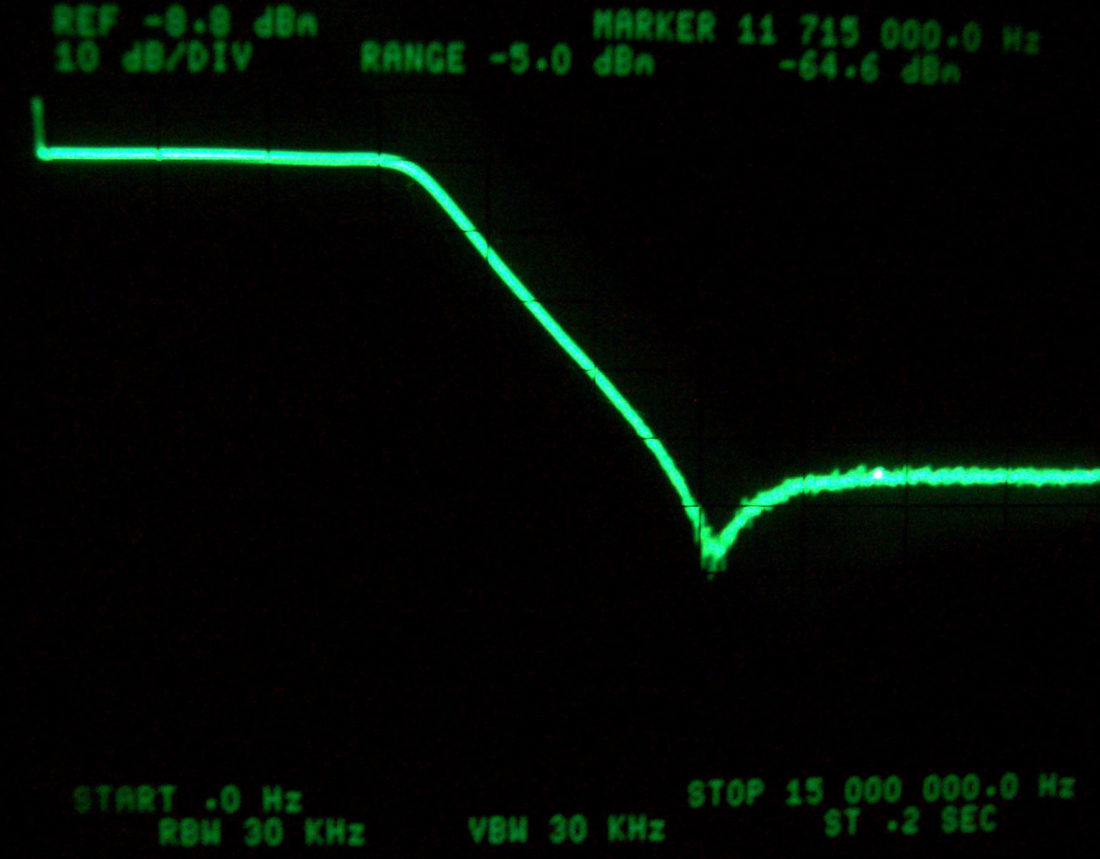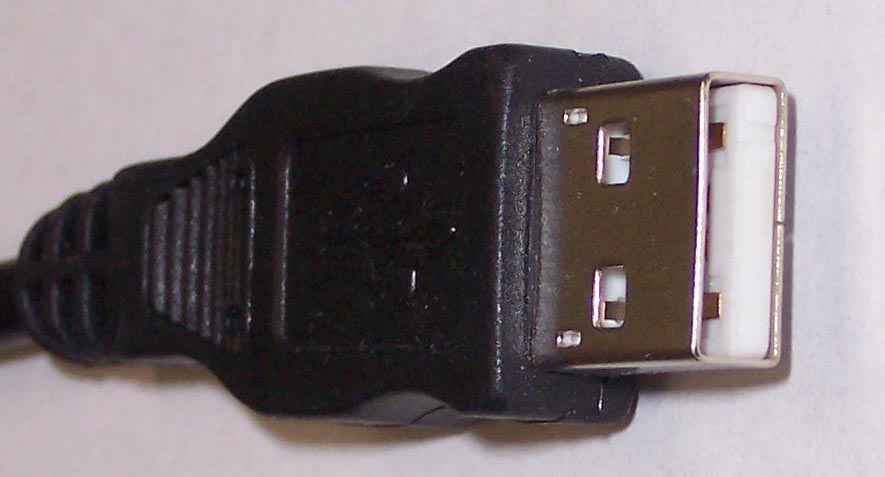L BAND SATELLITE CONVERSION CHART
L-BAND SATELLITE FREQUENCY CONVERSION CHART
The satellite television industry delivers its signals using communications satellites in geosynchronous orbit above the earth occupying geostationary position. The United States of America uses the following frequencies for its C-Band, and Ku-Band downlinks. Each type of satellite receiver uses a different mixing frequency to convert the signal to a common IF “Intermediate Frequency” for de-modulation in the satellite receiver. In most cases the Ku-Band is converted to a lower frequency at the dish as part of the feed horn electronics. This device is commonly known as an LNB (Low-Noise Block Down-Converter) and makes the handling of the satellite signals much easier because the frequency band is lower. The down-conversion process reduces the signal frequency down into the L-Band that occupies 950 MHz to 1450 MHz and allows for the use of smaller less expensive coaxial cable and longer runs to the satellite receivers.
Satellite Ku-Band Satellite C-Band L-Band
Transponder MHz Transponder MHz MHz
Polarization V Polarization H
12200 3700 1450
1 12180 3720 1430
12160 2 3740 1410
3 12140 3760 1390
12120 4 3780 1370
5 12100 3800 1350
12080 6 3820 1330
7 12060 3840 1310 12040 8 3860 1290
9 12020 3880 1270
12000 10 3900 1250
11 11980 3920 1230
11960 12 3940 1210
13 11940 3960 1190
11920 14 3980 1170
15 11900 4000 1150
11880 16 4020 1130
17 11860 4040 1110
11840 18 4060 1090
19 11820 4080 1070
11800 20 4100 1050
21 11780 4120 1030
11760 22 4140 1010
23 11740 4160 990
11720 24 4180 970 11700 4200 950
As you can see each of the frequencies are separated by 20 MHz, however each transponder occupies 40 MHz of bandwidth to transmit a channel. However two different signal polarizations are used, both “Vertical” and “Horizontal” and they overlap the frequencies by half. The Horizontal polarization skips every other frequency and the Vertical polarization uses all the others.
Use of polarization in the transmitted signal provides and extra 20 dB minimum loss in the receiver to reduce crosstalk between the desired channel and the adjacent channels. So that channel 1 can occupy 12200 – 12160 and channel 2 can occupy 12180 – 12140 and so on. Please note that DirecTV and Dish TV use a different frequency plan for their down-links.
The mixer frequencies that are used to get from one band to another are as follows. To get from Ku-Band to the L-Band you would use 10750 MHz as a Local Oscillator mixer frequency, and to get from C-Band down to L-Band you would use 5150 MHz as a Local Oscillator mixer to down convert to L-Band. The lower product of the mixer is always used to avoid the harmonics of the signal and to keep it from interfering with the converted signal.
The advantages of using an LNB at the dish and conversion to the L-Band are mostly driven by the lower cost cable and the technology used in the satellite receivers costs less to produce lowering the cost of the receivers.
If you are using an L-Band satellite system you may wish to install a level monitor to alert you when your signal is beginning to fade before you have a total signal loss.
The SLM-771 is an L-Band Satellite Level Monitor designed to detect measure and report the receiving level of any RF signal from 5MHz up to 2.5GHz. Use it for early warning of satellite dish and LNB signal degradation due to snow loading, bug & bird intrusions, dish misalignment due to wind or movement, and any increase in LNB loss for whatever reason. It will alert you to the signal reduction before a system failure occurs.
The unit is fully RF shielded and can be mounted in the front or rear of your rack.





